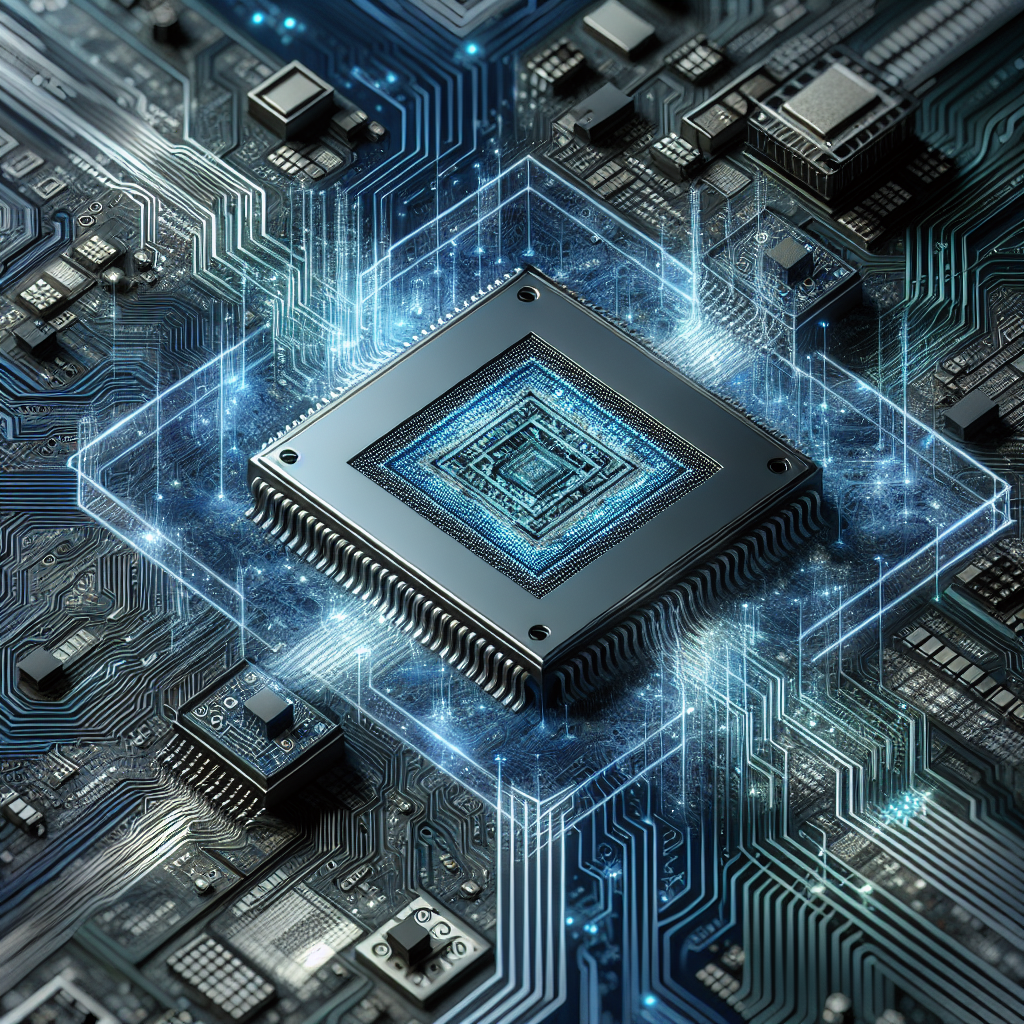Semiconductor devices have become an integral part of our everyday lives, powering the technology we rely on for communication, entertainment, and more. From smartphones and laptops to medical devices and automotive systems, these tiny electronic components play a crucial role in enabling the digital world we live in today.
But what exactly are semiconductor devices, and how do they work? In this comprehensive guide, we will explore the world of semiconductor devices, providing an in-depth look at their functions, types, and applications.
Semiconductor devices are electronic components made from materials that have properties between conductors and insulators. These materials, known as semiconductors, have the ability to conduct electricity under certain conditions and act as an insulator under others. This unique property allows semiconductor devices to control the flow of electric current, making them essential for building electronic circuits.
There are several types of semiconductor devices, each designed for specific functions. Some of the most common semiconductor devices include diodes, transistors, and integrated circuits. Diodes are two-terminal devices that allow current to flow in one direction only, while transistors act as amplifiers or switches in electronic circuits. Integrated circuits, or ICs, are complex devices that contain multiple components on a single chip, enabling the creation of advanced electronic systems.
Semiconductor devices are used in a wide range of applications, from consumer electronics to industrial equipment. In the consumer electronics industry, semiconductor devices power devices such as smartphones, tablets, and laptops, enabling the communication and entertainment features we rely on every day. In the automotive industry, semiconductor devices are used in vehicle control systems, sensors, and infotainment systems, enhancing safety and driving experience. In the medical field, semiconductor devices play a crucial role in diagnostic equipment, monitoring devices, and imaging systems, helping healthcare professionals provide better care to patients.
As technology continues to advance, the demand for semiconductor devices is expected to grow. Companies are constantly developing new and innovative semiconductor devices to meet the evolving needs of the market. From faster processors and smaller sensors to more efficient power management solutions, semiconductor devices are driving the next generation of electronic devices and systems.
In conclusion, semiconductor devices are the building blocks of modern electronics, enabling the creation of advanced electronic systems that power our digital world. By understanding the functions, types, and applications of semiconductor devices, we can appreciate the crucial role they play in shaping the technology we use every day. Whether you are a consumer, a student, or a professional in the electronics industry, exploring the world of semiconductor devices is a fascinating journey that opens up a world of possibilities in the field of electronics.


Leave a Reply